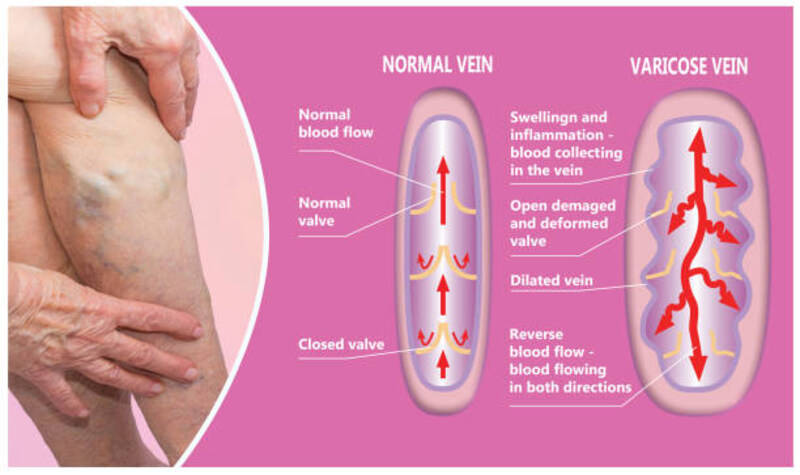As we age, our bodies tend to decline in certain ways, and among the most notable of those declines are known as sarcopenia - or age-related muscle wastage. It's an unavoidable process that can have a significant impact on our daily lives, leaving us feeling weak and unable to do the things we once could with ease. This blog post seeks to provide comprehensive insight into the causes and symptoms of sarcopenia, how it’s treated medically, as well as tips for improving physical health regardless of one’s age.
Definition of Sarcopenia:
Sarcopenia is an age-related loss of muscle mass and strength caused by a gradual decrease in the body's ability to maintain, repair, and produce muscle cells. It typically begins around age 30 and increases with advancing age.
Understanding Sarcopenia:
Sarcopenia is a normal part of aging, but it can be exacerbated by certain lifestyle factors such as lack of physical activity, inadequate nutrition, and chronic conditions like diabetes. Muscle loss is more pronounced in those who are sedentary or have any of the aforementioned medical issues. Biological changes associated with aging such as hormonal imbalances and decreased motor neuron activity can contribute to sarcopenia.
Symptoms of Sarcopenia:

The most common symptom of sarcopenia is general muscle weakness which can make it harder to perform activities one was once able to.
Some people may experience increased fatigue, difficulty walking or climbing stairs, decreased dexterity in the hands and fingers, and an overall decrease in mobility.
Medical and physical tests for diagnosis:
This can be done through a physical examination or with various tests such as the Timed Up and Go test, Grip Strength Test, Sit-to-Stand Test, and other measures of balance and coordination.
Medical imaging tests may also be used to assess the extent of muscle loss, including MRI and CT scans. Blood tests can also be used to check for underlying causes of sarcopenia such as hypogonadism or low testosterone levels.
Effects of Sarcopenia:
- Reduced physical function: Sarcopenia can lead to reduced strength and mobility, which can reduce an individual’s ability to perform everyday activities and make them more likely to fall.
- Decreased independence: Muscle weakness can lead to a decrease in self-care abilities such as dressing, bathing, and toileting. This makes it harder for individuals to live independently and can lead to increased reliance on family members or caregivers.
- Increased risk of chronic conditions: The loss of muscle mass can increase the risk for certain chronic diseases such as diabetes, heart disease, and osteoporosis.
Psychological and social effects:
Sarcopenia can have a significant impact on an individual’s psychological well-being. Muscle loss not only affects physical function, but can also lead to feelings of depression, isolation, and anxiety. Decreased independence and self-care abilities can make it harder for individuals to interact with the world around them and may cause them to feel more isolated from family and friends.
Preventing and Managing Sarcopenia:

In order to reduce the progression of sarcopenia or even prevent it from occurring, lifestyle factors should be addressed. This includes increasing physical activity, eating a healthy diet that is rich in protein and nutrients, avoiding smoking, and managing any existing chronic conditions.
Resistance training and aerobic exercise can be beneficial for building muscle strength as well nutrition supplements such as whey protein may help retain muscle mass. An individualized treatment plan should be discussed with a healthcare professional to determine the best option for each person.
Role of nutrition in muscle health:
- Eating a balanced diet is essential for muscle health as it ensures the body receives adequate amounts of macro and micronutrients.
- Protein is especially important for maintaining muscle mass, so make sure to include plenty of high-protein foods in your meals such as lean meats, fish, eggs, dairy products, legumes, nuts, and seeds.
- Eating enough carbohydrates is also essential for muscle health and energy production, so make sure to include whole-grain breads and cereals, fruits, vegetables, legumes, nuts, and seeds in your meals.
- Omega-3 fatty acids are important as they can help reduce inflammation in the body and support overall muscle health. Foods such as salmon, tuna, sardines, walnuts, and flaxseeds are good sources of omega-3 fatty acids.
- Vitamins and minerals such as Vitamin D, calcium, iron, magnesium, and zinc can help support muscle health so make sure to include plenty of fruits and vegetables in your diet.
Potential medical treatments and therapies:
In some cases, medications may be necessary to reduce the symptoms of sarcopenia. Hormone replacement therapy (HRT) and testosterone supplementation are two potential treatments that can be used to help increase muscle mass and strength in those with low hormone levels. Physical and occupational therapies may be beneficial for maintaining mobility and independence.
Conclusion:
Sarcopenia is a common age-related condition that can have a significant impact on an individual’s physical, psychological, and social well-being. Understanding the risks factors, symptoms, treatments, and prevention methods for sarcopenia is essential for maintaining muscle health and well-being as one ages. Eating a balanced diet, engaging in regular physical activity, managing any underlying chronic conditions, and talking to a healthcare professional about an individualized treatment plan can help prevent or slow the progression of sarcopenia.




